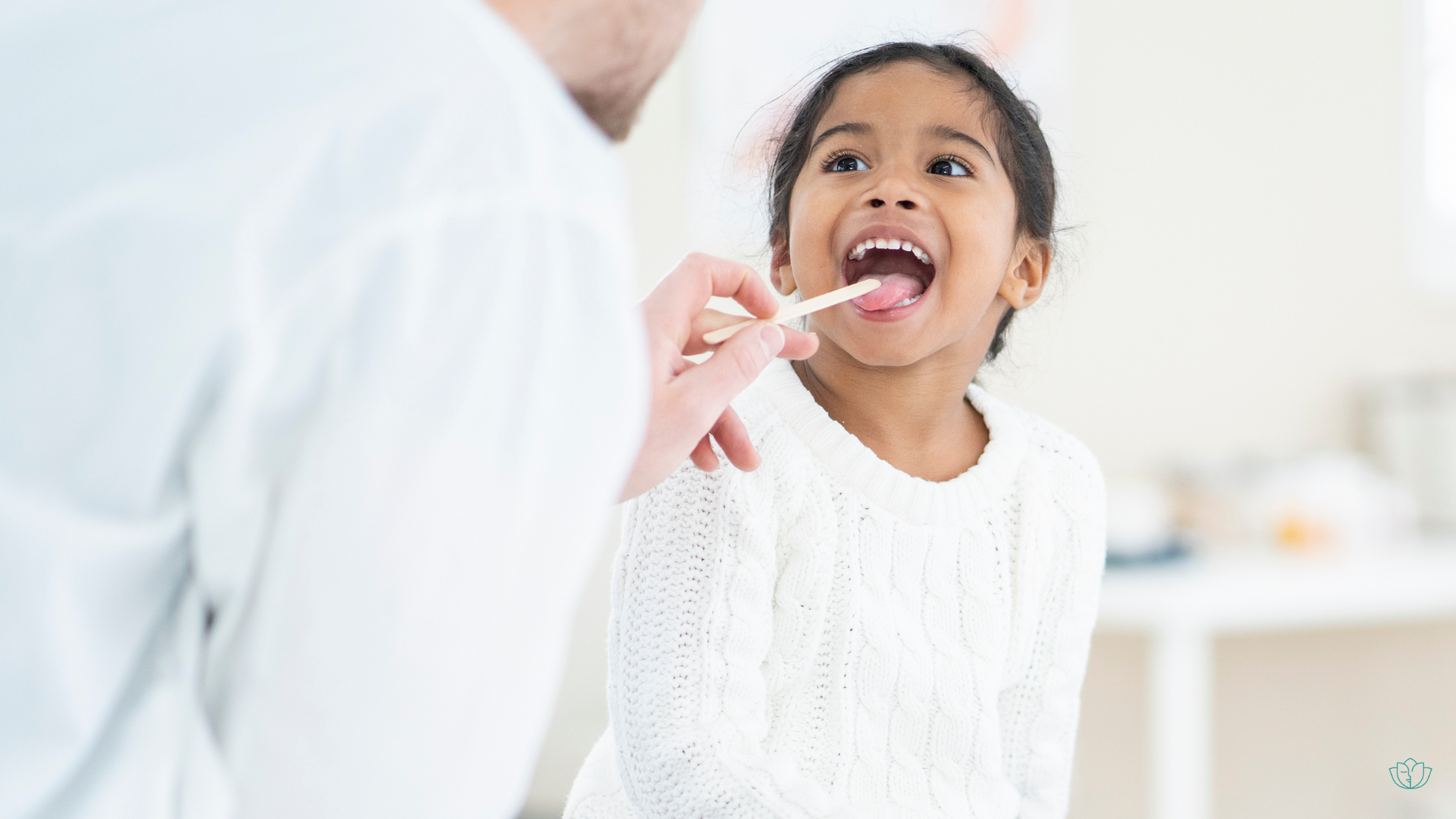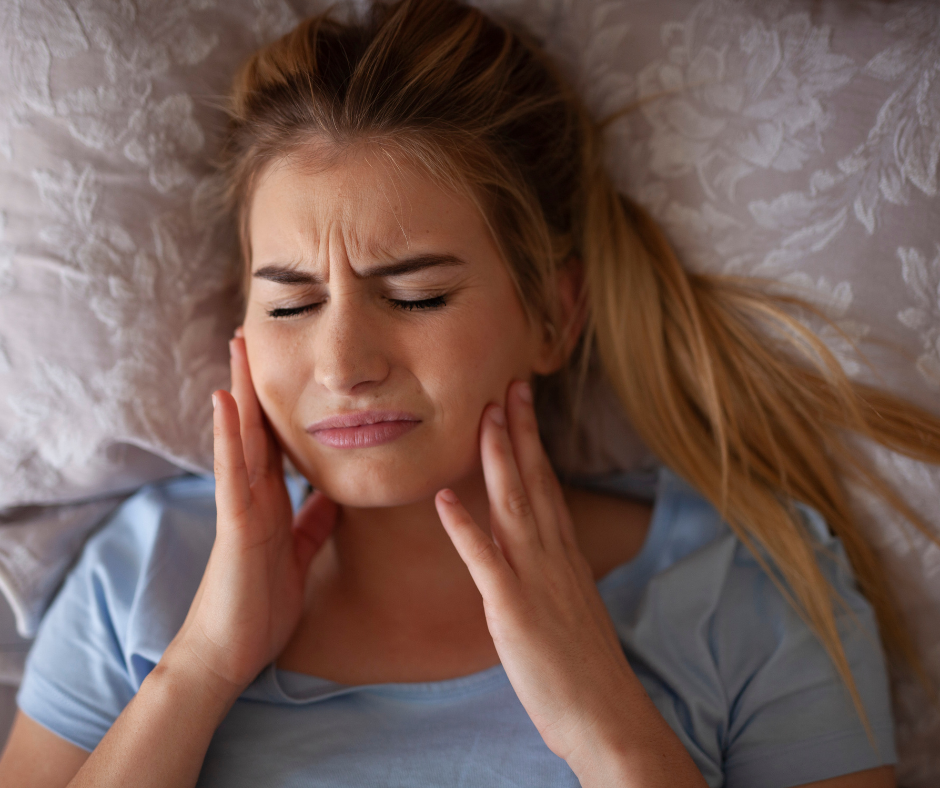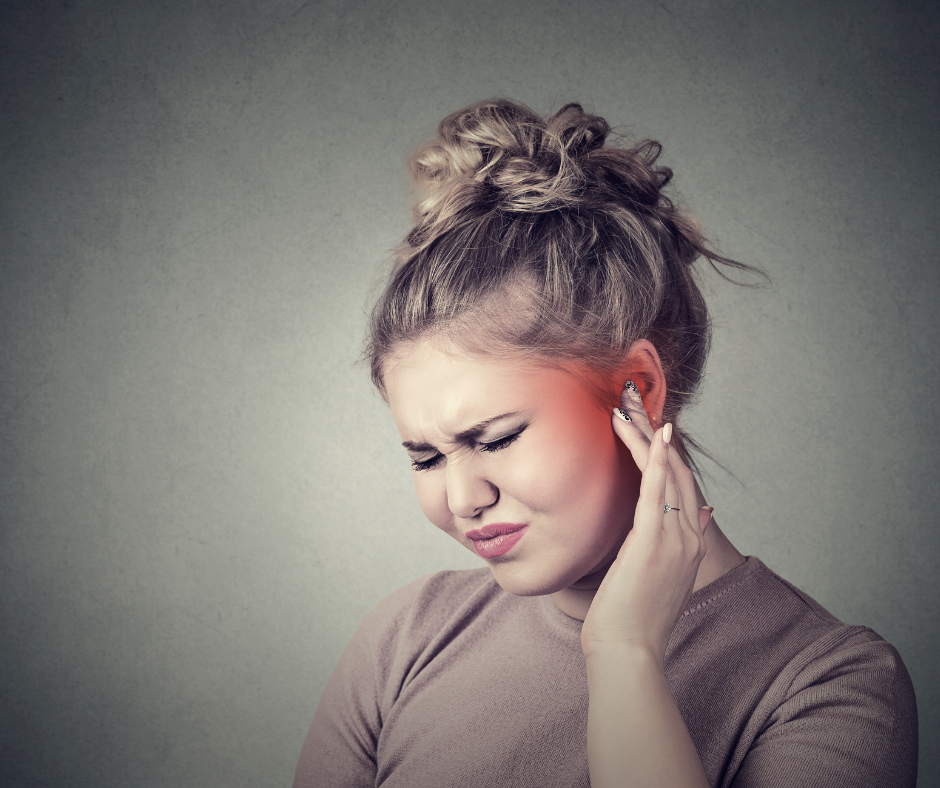How Long-Term CPAP Use May Affect Facial Growth—and Why Myofunctional Therapy Matters

CPAP (Continuous Positive Airway Pressure) therapy has long been considered a lifeline for children with obstructive sleep apnea (OSA). It’s often prescribed to restore normal breathing patterns during sleep and prevent serious complications. However, growing concerns in the medical and dental communities highlight a hidden issue: long-term CPAP use in children may inadvertently alter facial development and compromise airway health.
Parents are rarely told that a solution for breathing might unintentionally impact their child's growing face. In this post, we’ll uncover what research says about these changes and how integrating myofunctional therapy into your child’s care plan could protect their facial structure—and long-term wellness.
CPAP: A Temporary Tool, Not a Growth-Friendly Solution
CPAP is essential in severe cases of pediatric OSA. However, it was never meant to be a permanent solution—especially in children. While it’s excellent for immediate airway stabilization, it doesn’t address underlying issues like nasal obstruction, poor oral posture, or weak airway muscles.
A landmark 2016 study published in the Journal of Clinical Sleep Medicine followed 100 children with obstructive sleep apnea who used nasal CPAP (nPAP) regularly over 2.5 years. The findings were eye-opening: children who used CPAP experienced midface retrusion, palatal plane rotation, and flaring of maxillary incisors. These are clear signs of craniofacial changes caused by consistent pressure from the mask.
What’s more concerning is that these structural changes can actually narrow the airway further, compounding the very problem CPAP is meant to treat. That’s why CPAP should be seen as a life raft—not a lifestyle.
What the Research Says About Facial Growth and CPAP
The 2016 study (Ref: Journal of Clinical Sleep Medicine, Vol. 12, No. 7) highlighted how mechanical pressure from CPAP masks can influence facial bone growth during critical developmental windows. When the midface is retruded, it doesn’t just affect appearance—it alters how a child breathes, chews, and sleeps.
Additional research supports these findings. A 2014 review in the American Journal of Orthodontics and Dentofacial Orthopedics noted that nasal airflow plays a key role in upper jaw development. When airflow is consistently forced through artificial means (like CPAP), and nasal breathing is bypassed or compromised, normal growth patterns can be interrupted.
How CPAP Masks Can Alter Facial Growth
Children’s faces are not fully formed—they're growing and changing rapidly, especially between the ages of 2 and 12. That’s precisely why long-term external pressure from a CPAP mask can lead to unintended changes. CPAP masks typically rest across the bridge of the nose and midface. When used every night for extended periods, this pressure can cause:
- Midface flattening or retrusion
- Downward rotation of the palate
- Forward flaring of the upper front teeth (maxillary incisors)
These changes are not just aesthetic—they directly impact oral function and airway size. A retruded midface can limit the space behind the nose and in the upper airway, worsening breathing, sleep quality, and even speech. Parents often notice subtle shifts: their child’s profile may appear flatter, or their upper lip less pronounced. These changes may go unaddressed unless seen by a trained airway-focused professional.
Beyond Straight Teeth: Airway Health Comes First
Many families first learn about facial growth problems when they visit the orthodontist. However, orthodontics often focuses on tooth alignment—not necessarily on the underlying form and function of the airway.
Midface changes caused by long-term CPAP use can reduce nasal airway volume, encouraging chronic mouth breathing. This, in turn, reinforces poor oral posture, improper tongue placement, and inefficient swallowing patterns—creating a cycle of dysfunction.
What’s most important to understand is this: a healthy airway is not just about straight teeth, it’s about optimal breathing, restful sleep, and long-term systemic health.
The Role of Myofunctional Therapy in Pediatric OSA
This is where myofunctional therapy shines. Myofunctional therapy focuses on training the muscles of the face, tongue, and airway to work in harmony. Through personalized exercises and habit correction, it helps children:
- Establish proper tongue posture (up, not down)
- Eliminate mouth breathing
- Improve nasal breathing and muscle tone
- Support normal jaw and facial growth
When combined with other interventions—like CPAP, ENT care, or orthodontics—myofunctional therapy addresses the root of the problem. It’s not just about managing airflow; it’s about restoring healthy function.
Parents, if your child uses CPAP or has signs of sleep-disordered breathing, we encourage you to schedule a myofunctional evaluation. It could be the missing piece that ensures your child not only breathes better but grows better.











